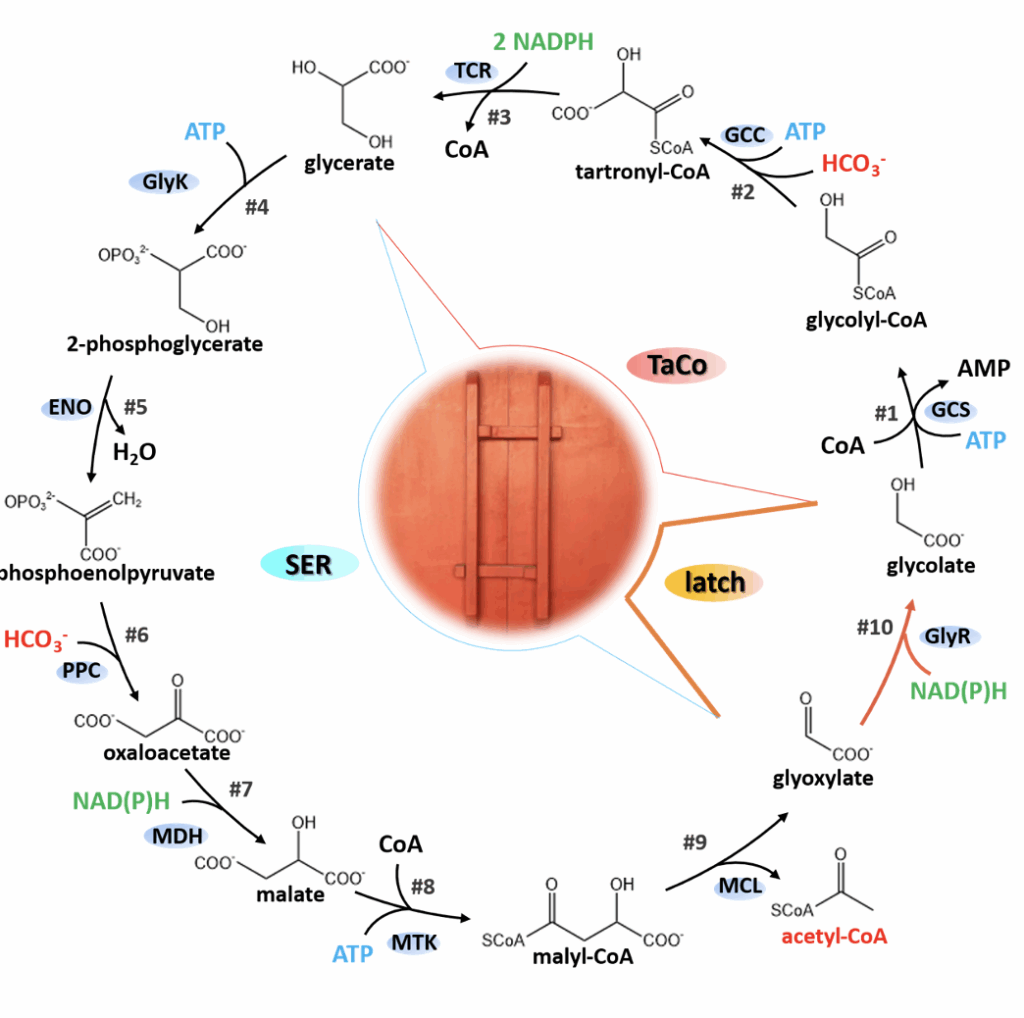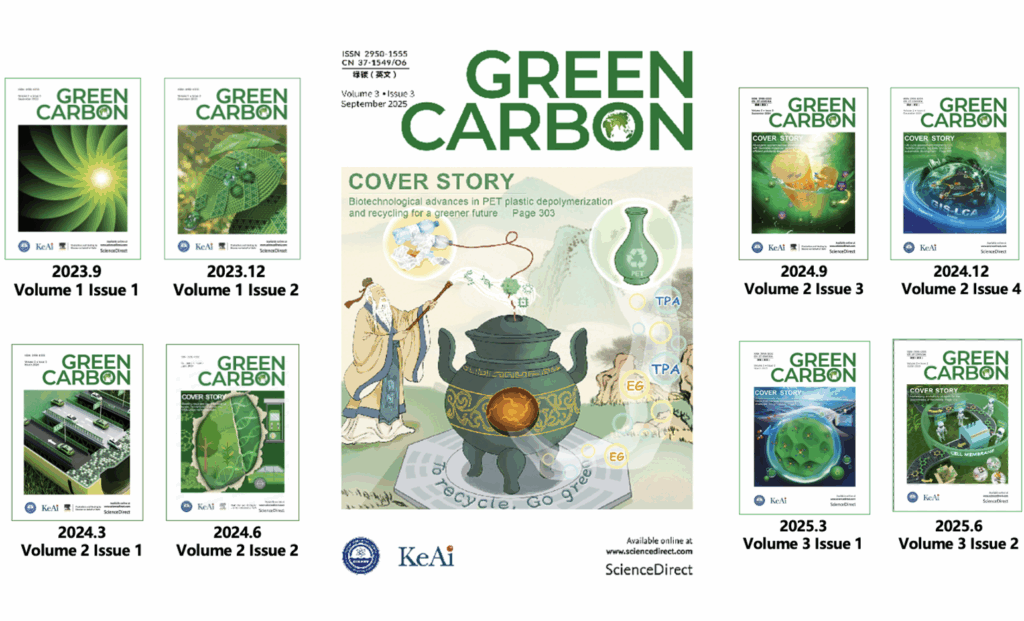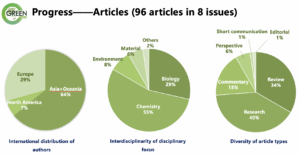http://english.cas.cn/newsroom/research_news/chem/202504/t20250427_1042154.shtml
https://www.nature.com/articles/s41467-025-59188-1
A research team led by Prof. GAO Jun from the CAS Qingdao Institute of Bioenergy and Bioprocess Technology (QIBEBT) , in collaboration with researchers from Qingdao University, has developed an innovative membrane that mimics biological ion channels to achieve highly selective lithium ion separation from complex brines. Lithium, which is essential for batteries and clean energy technologies, is often found in low concentrations alongside high levels of sodium, potassium, magnesium, and calcium ions.
Inspired by biological ion channels, the team designed a sulfonic acid-functionalized covalent organic framework (COF)—r-TpPa-SO3H. The membrane’s randomly oriented nanocrystalline structure creates ultra-narrow, winding channels that can differentiate ions based on size and hydration energy. This unique structure enables an unconventional reverse-sieving mechanism that allows the selective passage of Na+, K+, and even divalent ions like Mg2+ and Ca2+ under an electric field while effectively blocking hydrated Li+ ions.
In laboratory tests, the membrane demonstrated remarkable Na+/Li+ and K+/Li+ selectivity, comparable to that of biological ion channels. Its performance remained stable in complex solutions, including real salt-lake brines. Under electrodialysis conditions, the membrane consistently removed major interfering ions, resulting in a lithium-enriched solution ready for downstream processing.





